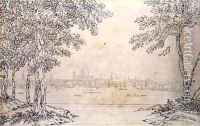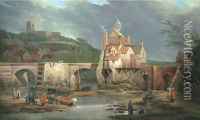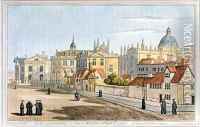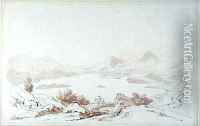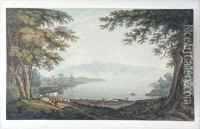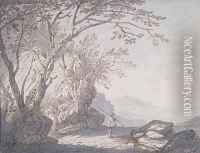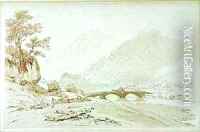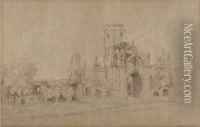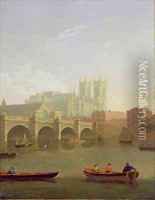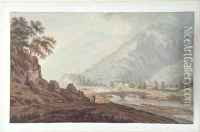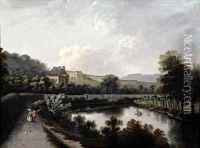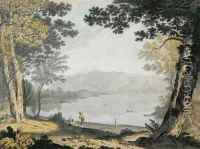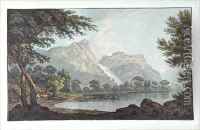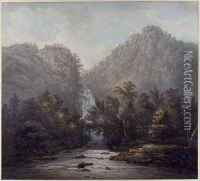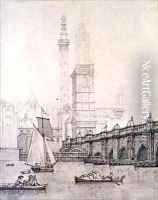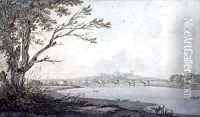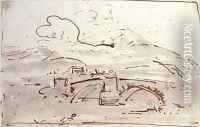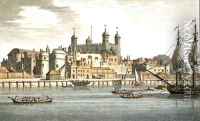Joseph Farington Paintings
Joseph Farington was an English painter and diarist who played a significant role in the British art scene at the turn of the 19th century. Born on November 21, 1747, in Leigh, Lancashire, Farington was educated at the Manchester Grammar School before embarking on an artistic career. He became a student at the Royal Academy schools in London in 1763, where he studied under the landscape painter Richard Wilson.
Farington's early work primarily consisted of drawings and watercolors, and he became well known for his landscapes. He was not considered a groundbreaking artist, but his works were respected for their detail and composition. Farington was a key member of the Royal Academy of Arts and was elected an Associate in 1783 and a full Academician in 1785. He served the Academy in various capacities, including as the Keeper of the Academy from 1802 to 1805.
Aside from his artistic career, Farington is perhaps best remembered for his extensive diaries that provide a detailed view of the social, cultural, and political life of his time. He began the diary in 1793 and continued until his death in 1821. The diaries were published posthumously and provide invaluable insights into the workings of the Royal Academy and the lives of contemporary artists, including his friends J.M.W. Turner and Sir Joshua Reynolds.
Joseph Farington's influence extended beyond his art, as he was involved in various projects, including the publication of an illustrated record of the country houses of Great Britain. He was also instrumental in the establishment of the British Institution in 1805, which aimed to foster public appreciation for British art and artists.
Farington passed away on December 30, 1821, after a fall from a bridge into the River Wye at Hammersmith. His legacy is preserved both through his art and his diaries, which remain a primary source for historians studying the art and culture of his era.
